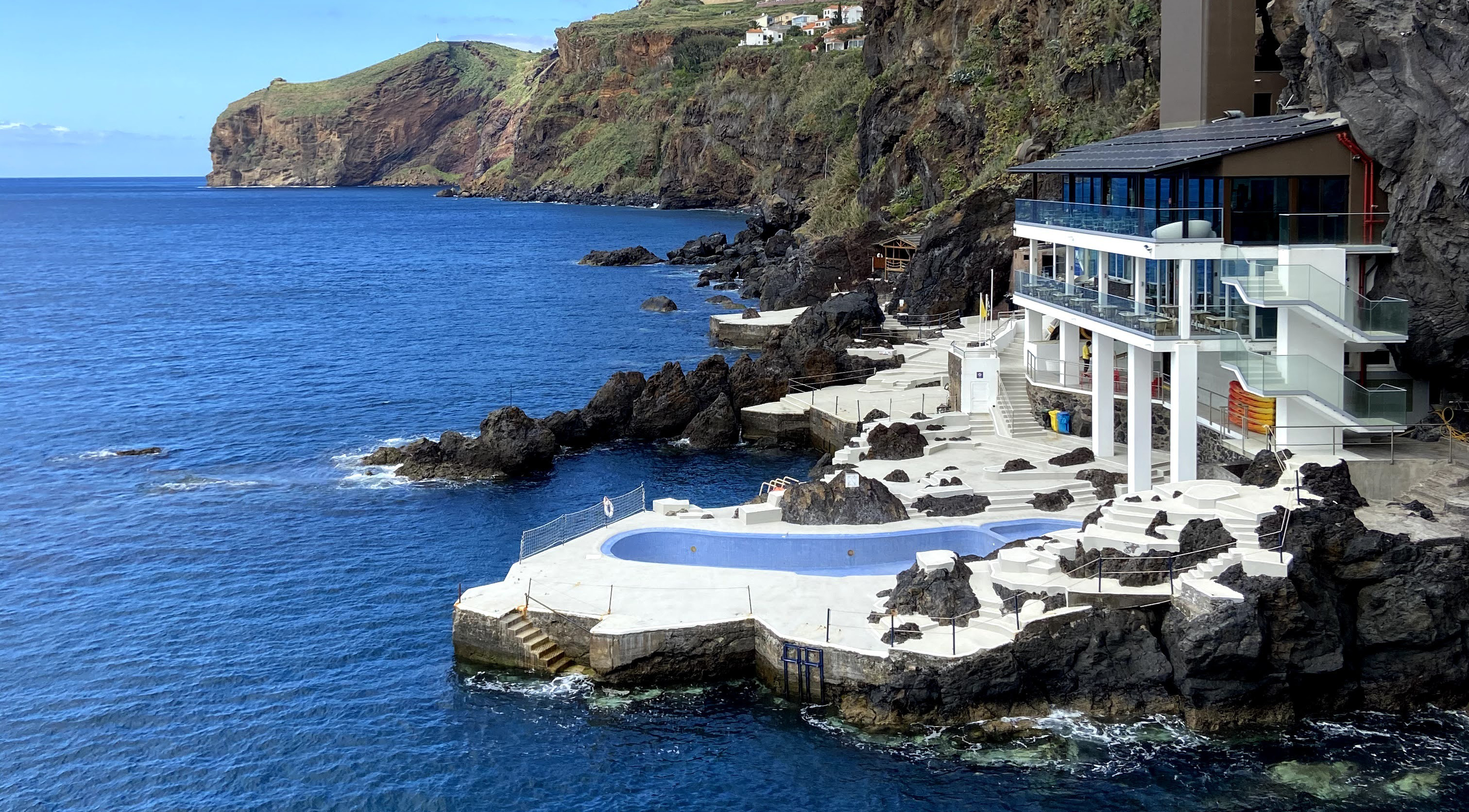The Cais da Oliveira pier, located in Caniço de Baixo, had a fundamental role in the history of the Region and this year was the target of improvement works
Until the mid-twentieth century, it was an essential point of access to the parish of Caniço, one of the first villages to be populated in Madeira in the fifteenth century, at a time when the main access to different coastal locations was made mainly by sea.
We are talking about the Cais da Oliveira pier in Caniço, which was recently renovated by the Santa Cruz Town Hall in order to ensure its primary function: accessibility.
The story goes that Prince Henry donated to Tristão Vaz and his descendants the Captaincy of Machico and that at that time an olive stake was used to mark the dividing line that extended from the southeast point of the island, Caniço, to Ponta do Tristão in Porto Moniz. The first point thus received the name Ponta da Oliveira, where there were abundant wild olive trees or Zambujeiros (Olea maderensis), an endemic species of Madeira.
This site is bathed by the clear and transparent waters of the Garajau Natural Reserve, the first Marine Reserve in the country, which was born in 1986 from a group of divers from Madeira who came together to stop the phenomenon of the depletion of the marine environment.
Here, along an extension of about 376 hectares, an abundant endemic flora can be found, among which stand out the Massaroco (Echium nervosum), and the Figueira do Inferno (Euphorbia piscatoria). The most varied marine species also reside, among which the emblematic grouper (Epinephelus marginatus) stands out.
As if this were not enough, the gardens surrounding Cais da Oliveira are also a reference point for the observation of birds such as the Common Tern (Sterna hirundo), the Buzzard (Buteo buteo harterti) or the Kestrel (Falco tinnunculus canariensis).
The richness of this place is immeasurable, and it is becoming urgent to protect it. In this sense, the Portuguese Society for the Study of Birds (SPEA) is carrying out the LIFE Natura@night project, the main goal of which is to reduce and mitigate the impact of light pollution in protected areas in the archipelagos of Madeira, the Azores, and the Canary Islands.













